Fall is my favorite season for so many reasons. As a mother, I thoroughly enjoy the excitement around picking out costumes for trick-or-treating. Every year my children get their use out of their costumes by wearing them all month long. As a photographer, I love all the gorgeous colors the season brings along with the shorter days and early golden hour. There’s of course challenges too like working with low light more frequently because of the shorter days. I’ve provided some tips and tricks on how to get the most out of documenting the fall season.
Shorter Days and An Early Golden Hour
There’s a reason golden hour is a favorite among photographers. The light tends to be beautifully soft, warm and directional. Typically golden hour happens the last hour of daylight. However, it can happen even earlier depending on your environment and surroundings. For example, the sun sets much quicker behind mountains and treelines. You can track the best time for golden hour by you with widely available smartphone apps.
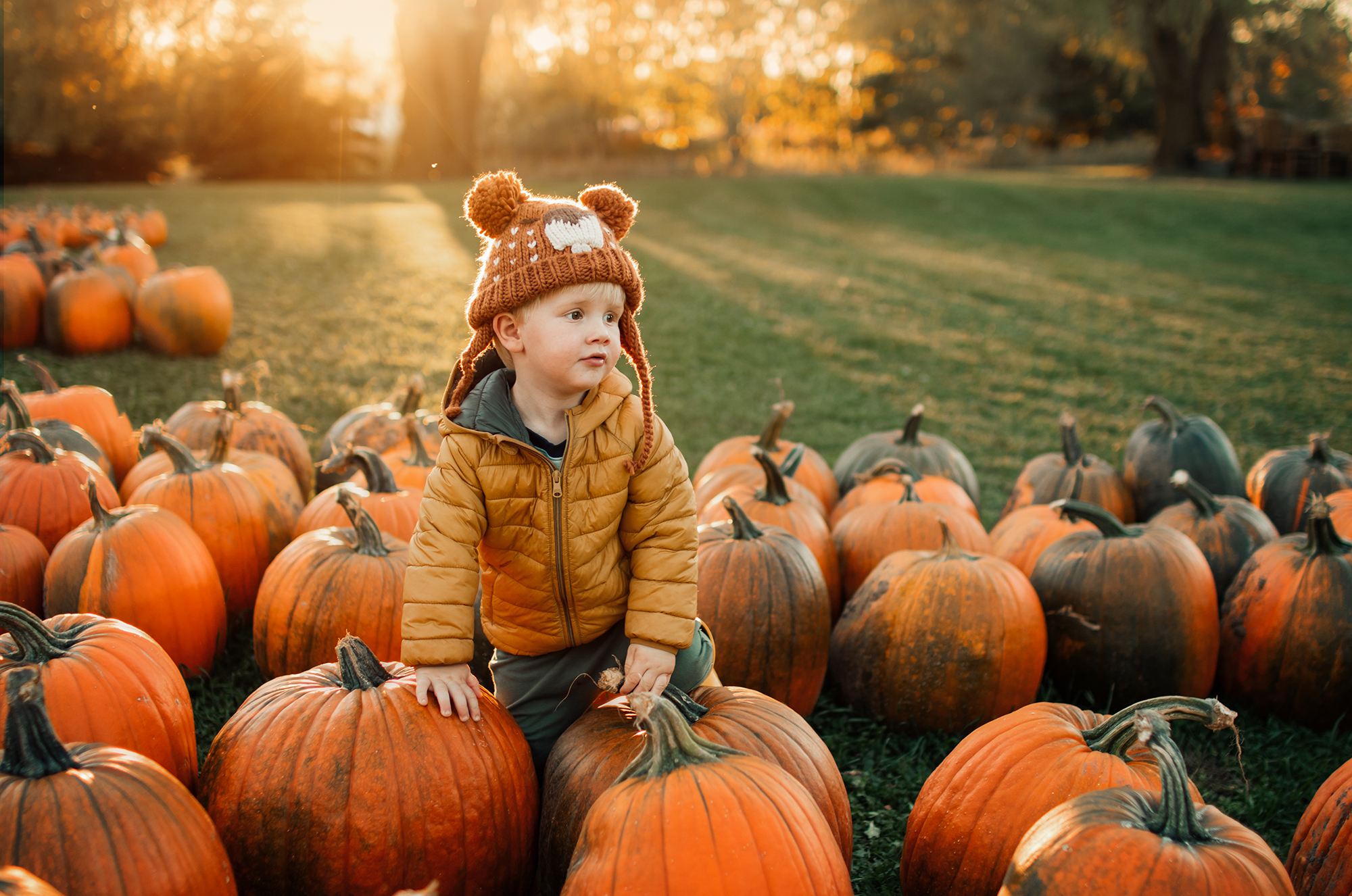
SIGMA 30mm F1.4 DC HSM Art on Canon EOS 70D. 1/320, F1.8, ISO 160 | © Meg Loeks 2017
In the summer, it’s challenging to photograph little ones during golden hour because it’s so late in the day. The wonderful thing about fall is that golden hour happens much earlier. To capture backlight, shoot into the light and consider placing the sun at the edge of your frame. This technique is one way of capturing flare and haze.

SIGMA 30mm F1.4 DC HSM Art on Canon EOS 70D. 1/320, F1.8, ISO 125 | © Meg Loeks 2017
Trick-or-Treating and the Benefits of a Zoom Lens
One of my favorite things to document every fall is trick-or-treating. It’s a great way to mark children’s growth through the years. The environment changes often and I frequently find myself in tight spaces, trying to dodge strangers and crowds while photographing my children in the moment. For these situations I choose a SIGMA 18-300mm DC Macro OS HSM | Contemporary lens paired with a Canon 70D. This lens is specifically designed for the most widely-used crop-sensor cameras including the Canon Rebel series, and Nikon’s DX format cameras. A zoom lens with this much flexibility in focal length gives me tons of versatility. I can zoom in tight and eliminate a lot of distractions within my frame. Or I can zoom out wide to capture more of the environment for better storytelling.
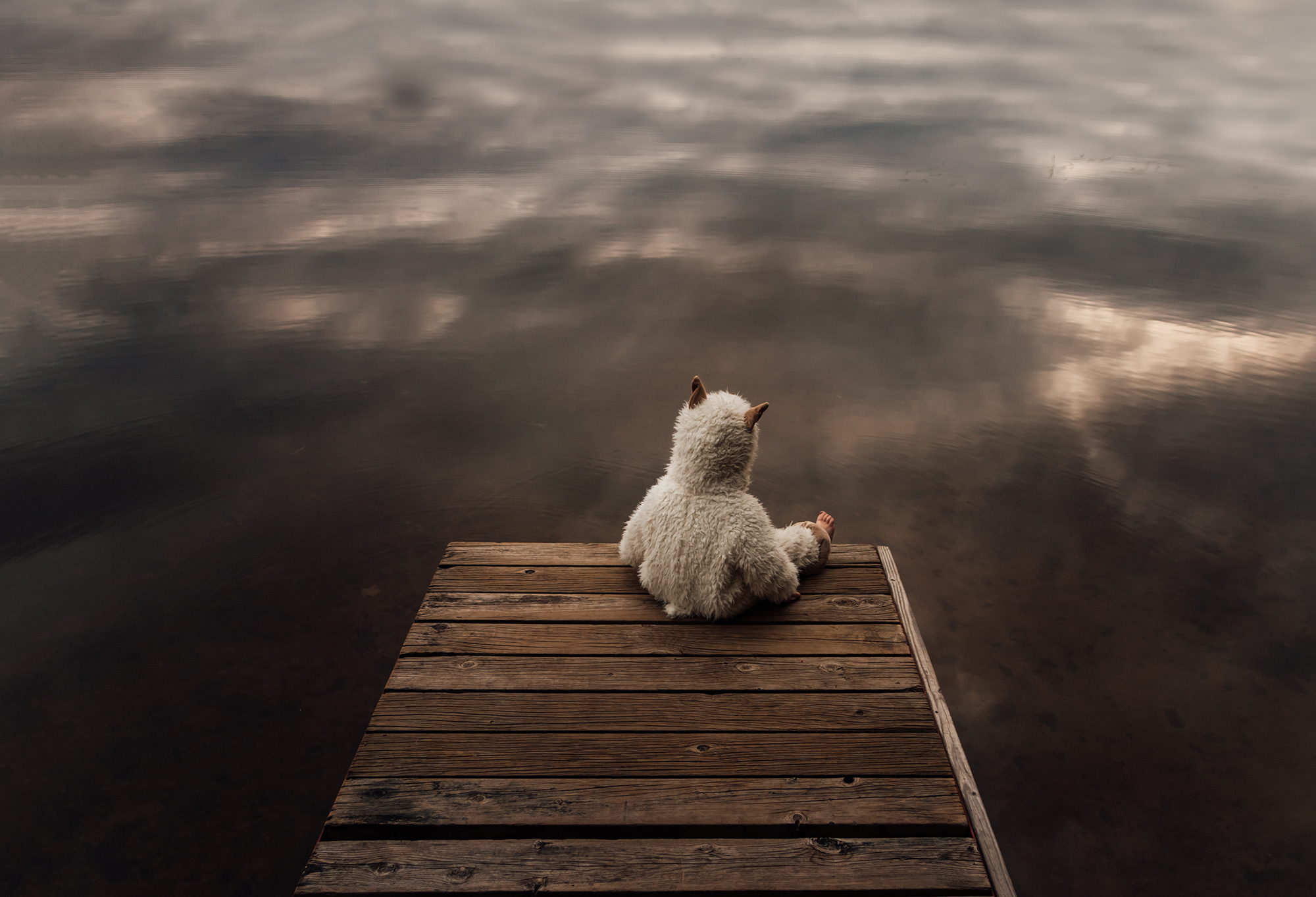
SIGMA 18-300mm DC Macro OS HSM | C on Canon EOS 70D. 1/125, F3.5, ISO 160 | © Meg Loeks 2017

SIGMA 18-300mm DC Macro OS HSM | C on Canon EOS 70D. 1/2000, F3.5, ISO 100 | © Meg Loeks 2017
Working With Low Light and Prime Lenses
The days are shorter in the fall and I often find myself having to work in low light situations. For these scenarios, I pair my DSLR with a SIGMA 30mm F1.4 DC HSM | Art lens, which is great for working in this type of light because of its wide aperture for speedy shutter speeds. Autofocus is fast and can quickly grab focus in tough situations. Not only that, it’s sharp even in low light when I have to bump up my ISO. Consider placing your subject as close as you can to your light source when working in this type of light. The more contrast the easier it will be for your camera to grab focus.

SIGMA 30mm F1.4 DC HSM Art on Canon EOS 70D. 1/250, F1.8, ISO 125 | © Meg Loeks 2017
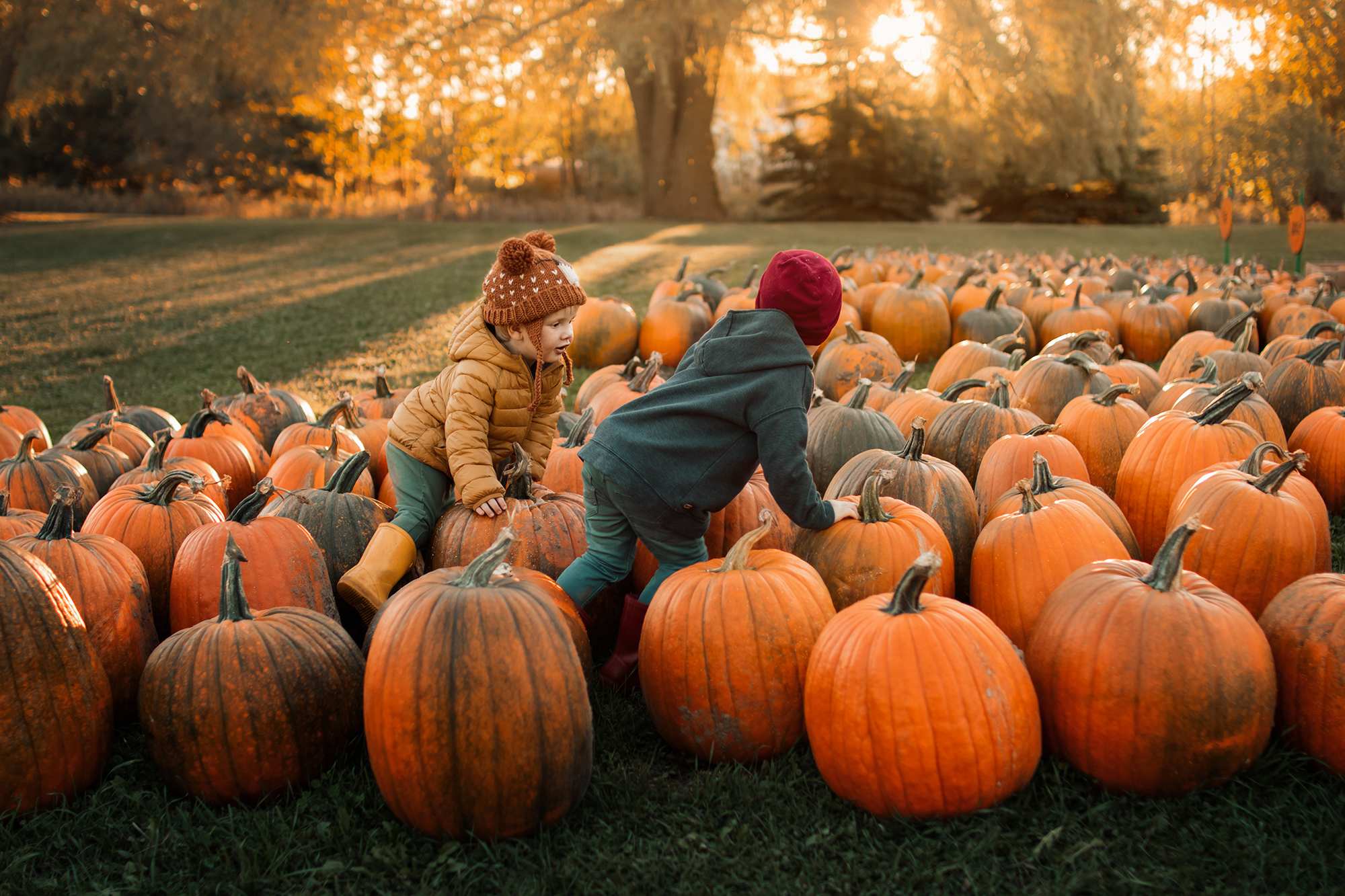
SIGMA 30mm F1.4 DC HSM Art on Canon EOS 70D. 1/320, F1.8, ISO 160 | © Meg Loeks 2017
The Benefits of Using a 30mm (or similar) Focal Length Lens:
One of the things I love about the SIGMA 30mm F1.4 DC HSM | Art is that it’s a wonderful lens to use for detail shots, especially indoors when you are working with low light. I’m able to get in close and quickly capture those details that are so fleeting and important to document. It’s important to know that the 30mm on a crop sensor camera like the Canon EOS 70D operates more like a 50mm. The lens is small and easily portable… bonus as a mother on the go! I love to shoot wide open or close to it, but when capturing detail images I often close down my aperture more so that all those little details are in focus. Remember the closer you are to your subject the more narrow your focal plane will be.

SIGMA 30mm F1.4 DC HSM Art on Canon EOS 70D. 1/250, F2, ISO 400 | © Meg Loeks 2017
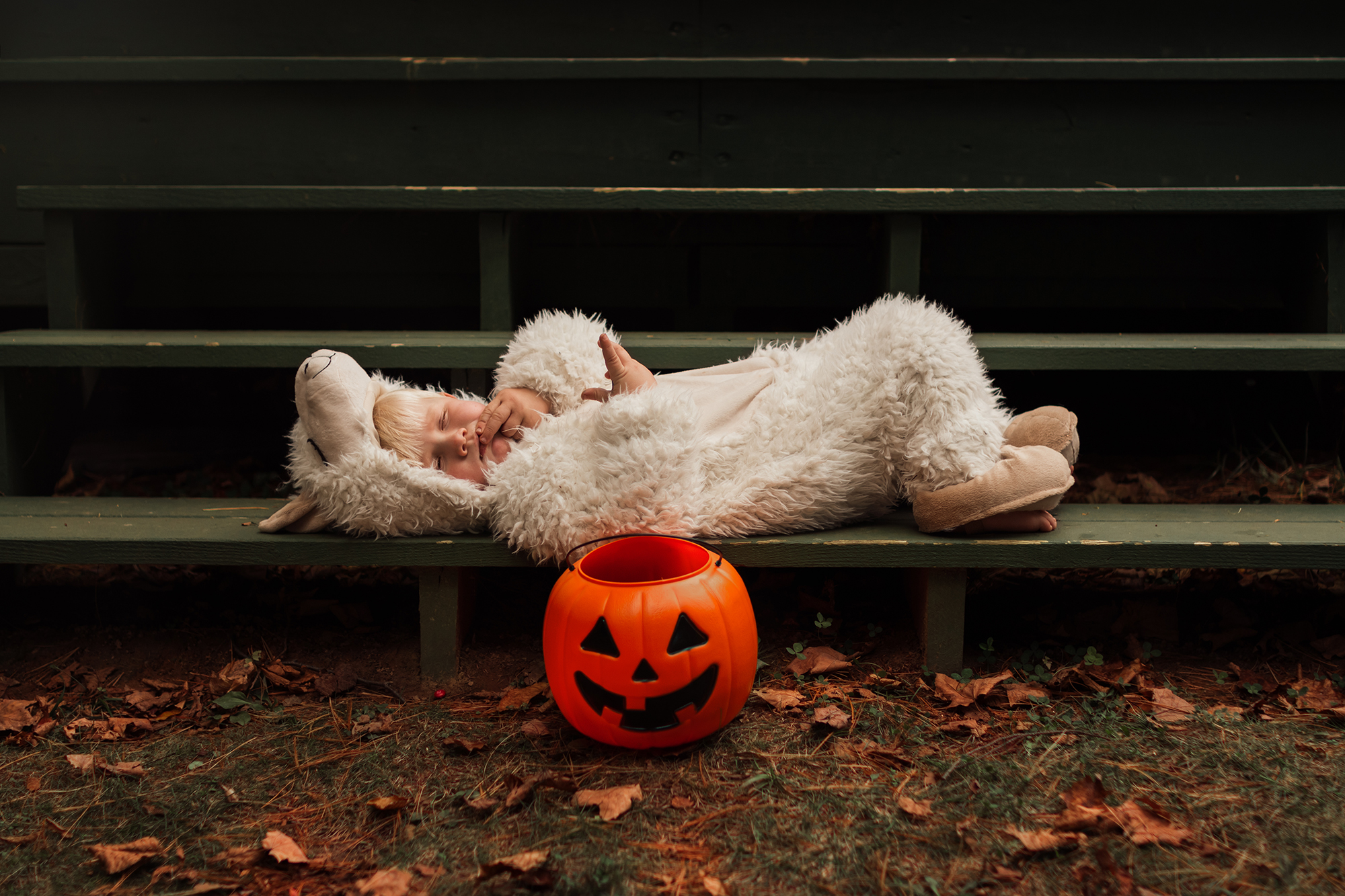
SIGMA 30mm F1.4 DC HSM Art on Canon EOS 70D. 1/800, F2, ISO 100 | © Meg Loeks 2017
Creating That Beautiful Bokeh
One of the beautiful things about bokeh (the out of focus area within an image) is that it’s not only visually appealing but it can help separate your subject from the background. With a wide aperture lens like the SIGMA 30mm F1.4 DC HSM | Art I’m able to shoot with a large aperture along for pretty bokeh and compression.

SIGMA 30mm F1.4 DC HSM Art on Canon EOS 70D. 1/320, F1.6, ISO 320 | © Meg Loeks 2017

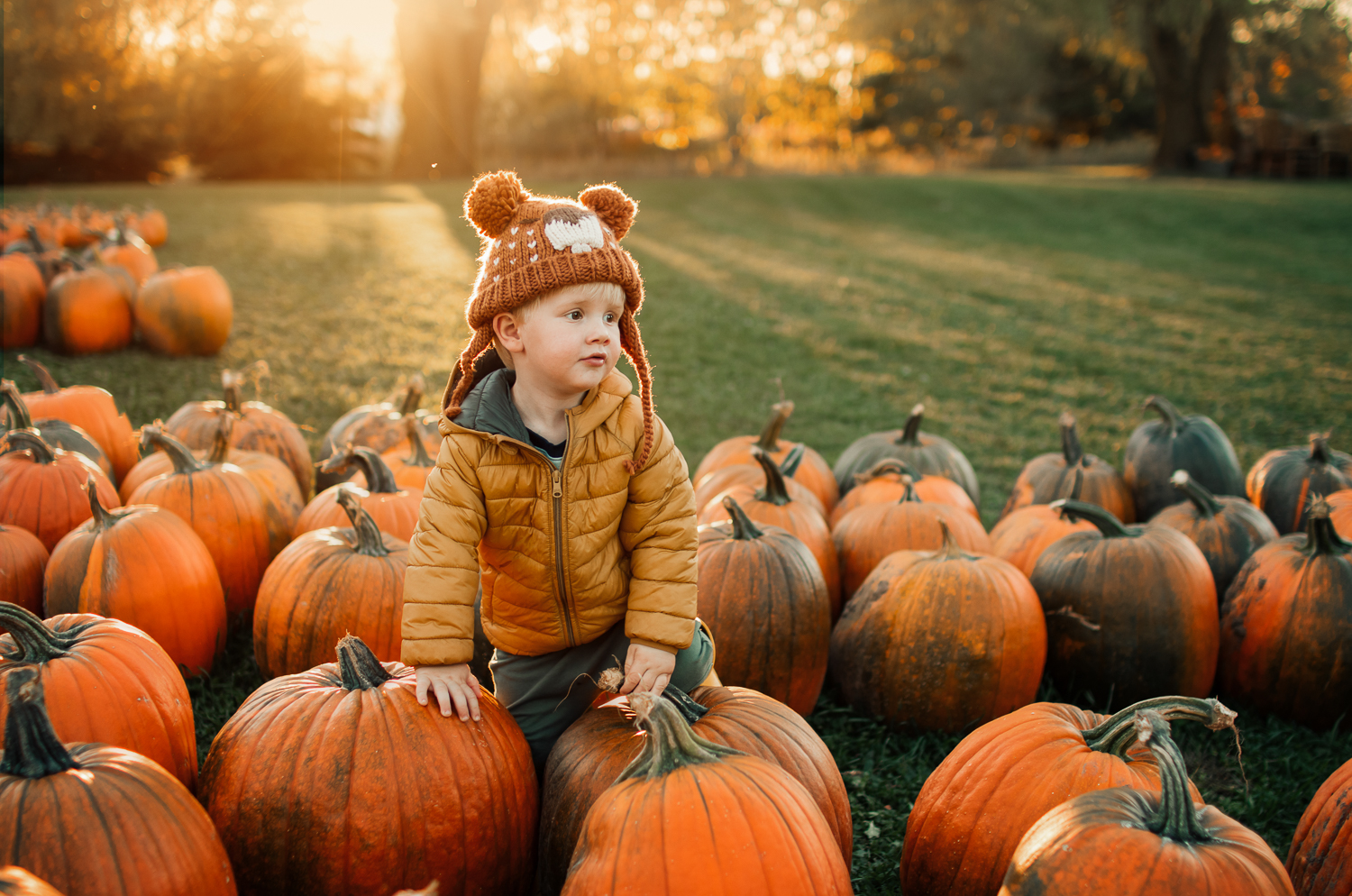
Wow I love the pumpkin patch photos. I really want to try the Sigma 30mm lenses
I like your tip about placing my subject close to my light soured when working with low light to make it easier for my camera to grab focus. My mom is planning to take the whole family to a fall family festival so my 16-month-old sister can experience her first pumpkin patch. I’m planning to take some photos of them during the festival so I can also practice my photography skills, so these tips you wrote are such a great help. Thanks a lot!